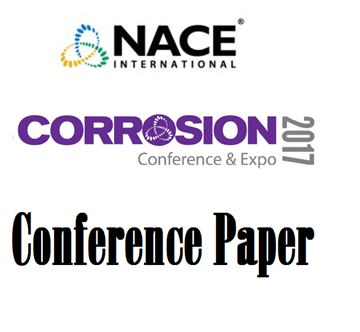Search
Products tagged with 'hydrogen'
View as
Sort by
Display
per page
Effects of Renewable Natural Gas and Hydrogen on Microbially Influenced Corrosion and Souring in Underground Gas Storage
Product Number:
51324-21146-SG
Publication Date:
2024
$40.00
Fatigue and Fracture Resistance of Different Line Pipe Grade Steels in Gaseous H2 Environment
Product Number:
51324-21101-SG
Publication Date:
2024
$40.00
Feasibility Journey - Feasibility of Repurposing Existing Natural Gas Network to Transport Hydrogen - Natural Gas Blends at the Distribution Level
Product Number:
51324-20936-SG
Publication Date:
2024
$40.00
Hydrogen Charging Of Armco Iron And L80 Steel In Various Electrolytes
Product Number:
51322-17604-SG
Publication Date:
2022
$20.00
Hydrogen Cracks in Belgian Nuclear Reactor Pressure Vessels: Five Years After Their Discovery
Product Number:
51317--9457-SG
ISBN:
9457 2017 CP
Publication Date:
2017
$20.00
Hydrogen Embrittlement of SS316L Instrument Tubing in a Hydroprocessing Unit
Product Number:
513020-14357-SG
Publication Date:
2020
$20.00
In-Situ Observation Of Hydrogen-Induced Cracking Initiation Site In Linepipe Steels
Product Number:
51322-17816-SG
Publication Date:
2022
$20.00
Mechanical Tests on a Vintage API 5L Grade X52 Linepipe Steel under Gaseous and Cathodic H2 Environment
Product Number:
51324-20904-SG
Publication Date:
2024
$40.00
On the applicability of welded J55 line pipe steel for underground hydrogen storage
Product Number:
51323-19131-SG
Publication Date:
2023
$20.00
Quantifying Effect of Hydrogen and Sulfur in Mitigating Free Fatty Acid Corrosion in Renewable Diesel Applications
Product Number:
51324-20864-SG
Publication Date:
2024
$40.00
Reformer Pigtail Degradation Over 49 Years’ Service: A Case Study
Product Number:
MECC23-20234-SG
Publication Date:
2023
$20.00
Results and Relation to Deformation Mechanisms for SSRT Testing of Austenitic Stainless in Hydrogen Gas
Product Number:
51324-20659-SG
Publication Date:
2024
$40.00












